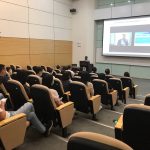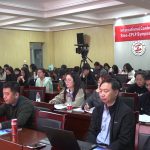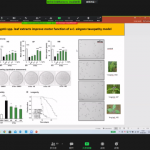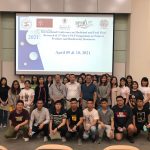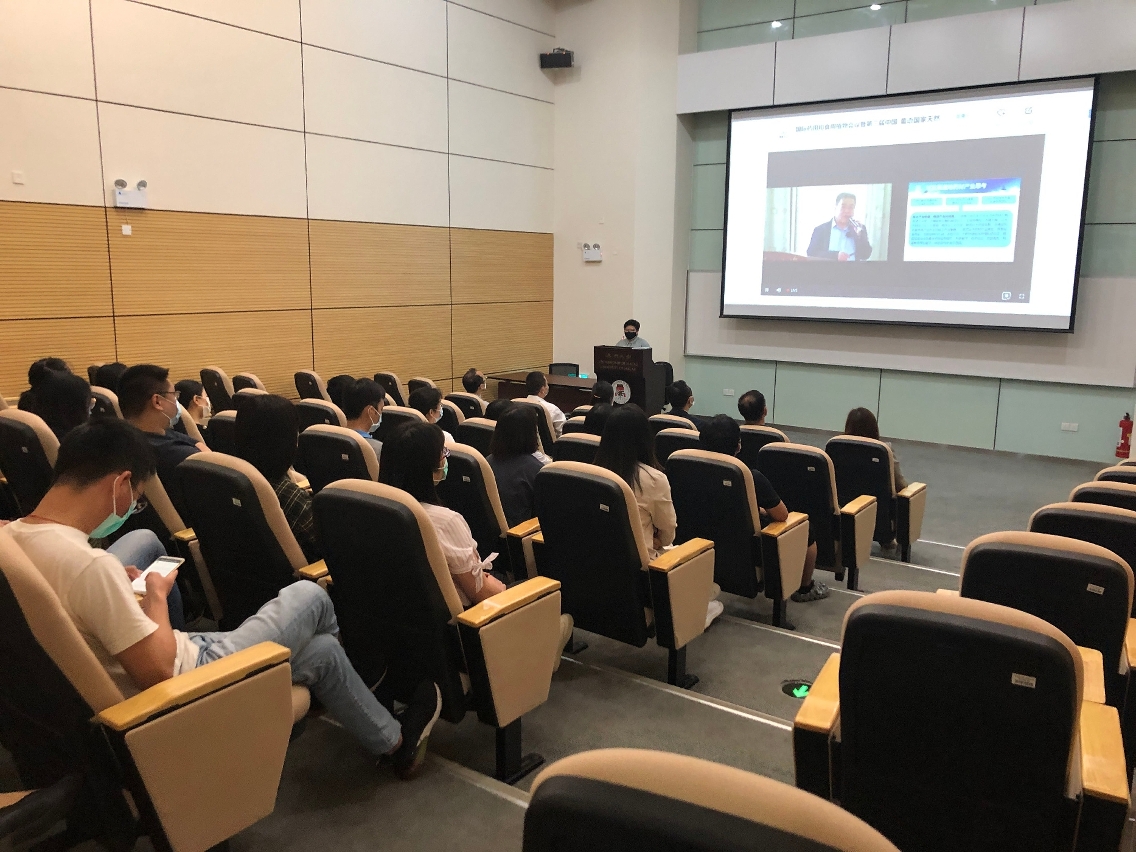 Participants at UM, one of the event venues.
Participants at UM, one of the event venues.
The University of Macau (UM) and Shaanxi University of Technology recently held the International Conference on Medicinal and Food Plant Research and the Third Sino-Community of Portuguese Language Countries (CPLP) Symposium on Natural Products and Biodiversity Resources. As a hybrid multi-venue event that involved both virtual and in-person elements, the conference attracted over 300 scholars from around the world.
The conference was co-organised by the State Key Laboratory of Quality Research in Chinese Medicine at UM, the Centre of Molecular and Environmental Biology at the University of Minho, the State Key Laboratory of Biological Resources and Ecological Environment of Qinba Areas at Shaanxi University of Science and Technology, Macau Pharmacology Association, and the Consortium of ‘Belt and Road’ and Portuguese-Speaking Countries for Natural Medicine Innovation (Macao). Participants came from different countries, including Algeria, Austria, Brazil, Canada, China, Germany, Greece, India, Iran, Italy, Myanmar, Nigeria, Portugal, Russia, South Africa, Turkey, Pakistan, Uzbekistan, and Zimbabwe.
The theme of this year’s conference was ‘Medicine and Food Homologous Natural Products and Functional Food’. 15 experts from China and abroad in related fields were invited to give presentations. A total of 55 academic posters and 81 scientific abstracts were received on topics such as pharmacology, pharmacochemistry, pharmacology, natural drugs, and functional foods.
During the conference, Prof Alvaro Viljoen of Tshwane University of Technology gave a presentation on the quality control and the standardisation of Chinese herbal medicines; Prof Norberto Peporine Lopes of the University of São Paulo reported on the latest findings on metabolomics, using the Brazilian biodiversity system as an example. Prof Alberto CP Dias of the University of Minho discussed neuroprotection and the use of medicinal plants, such as the extracts of St John's Wort and ginsenosides. Prof Simon Lee Ming Yuen of UM shared the use of experimental models of Parkinson's disease and the use of natural compounds for neuroprotection.


